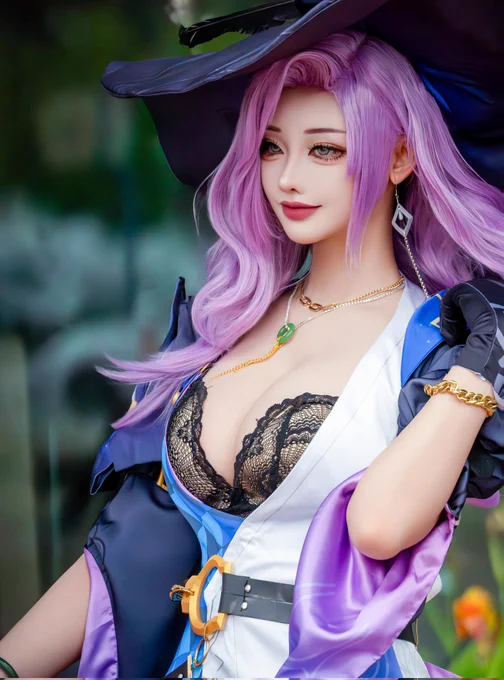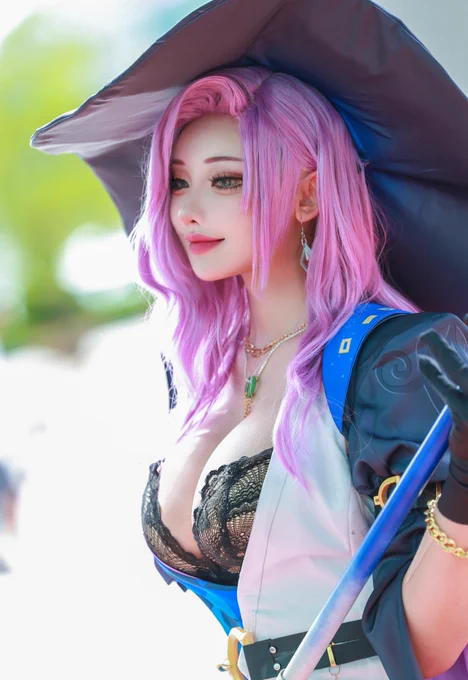Search results for Jade
People
Not Found
Tweets including Jade
Continuing the story of the jade artifacts unearthed from the tomb of a Guo State ruler, located by the Yellow River bank and dating back 2,700 years.
In the upper left is a delicately carved little elephant, charming in its posture. Judging by the craftsmanship, it dates back 3,000 years to the Shang dynasty, likely a war trophy preserved by the Zhou after their conquest of Shang.
The upper right shows a jade deer - it might remind you of a Christmas reindeer.
Where there is an adult deer, there is also a fawn. The lower left features a small, adorable jade carving of a young deer.
In the lower right is a cormorant, captured in jade with a sense of fluid motion.
Think about the moments when, 2,700 years ago, the Guo ruler gently touched this little elephant, and gazed upon that young deer. Today, under the soft lights of the exhibition hall, we meet them once again.
Silent for millennia, they still speak to us - of civilization, belief, and beauty.
Show more
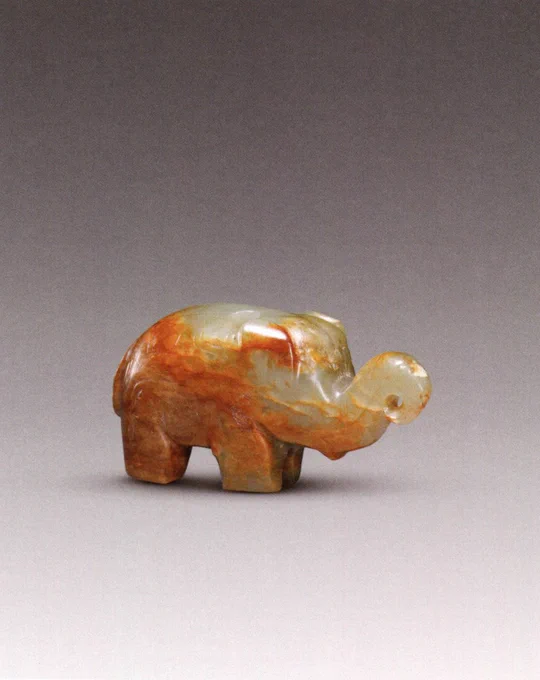
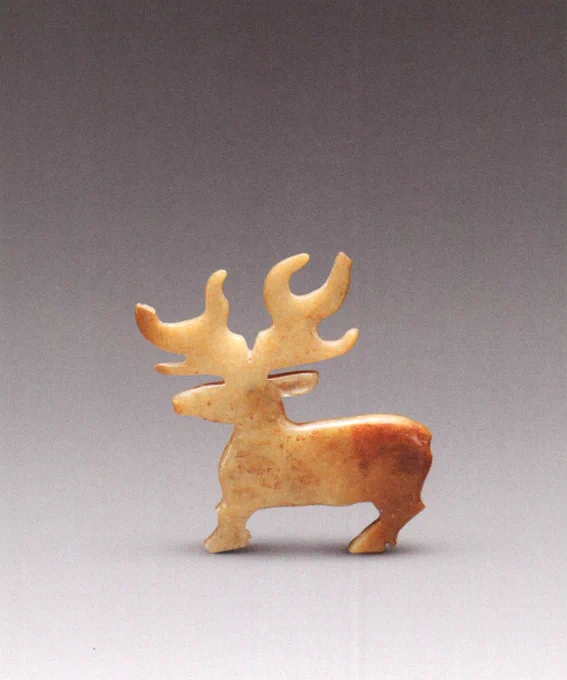

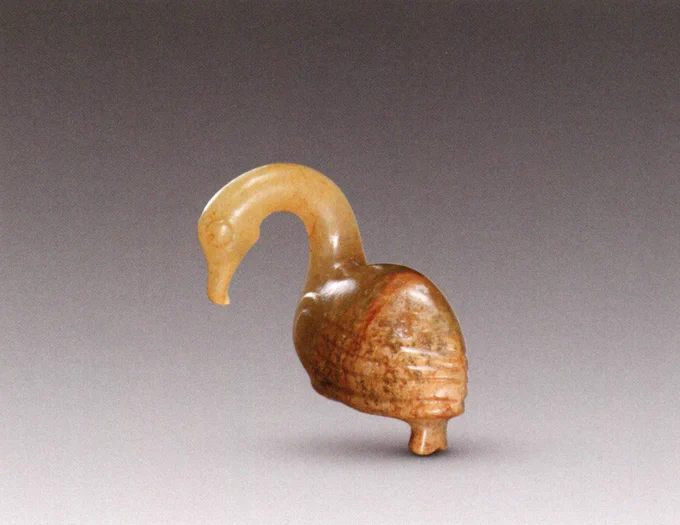
0
0
11
450
111
美国27岁OnlyFans成人女网红JadeTeen,
和她母亲Dani同时发现怀孕,
父亲为同一人,YouTuber上342万粉丝的男友NickYardy
消息一出引起网友们的质疑。
事后,男友Nick Yardy证实怀孕确实为造假,不过“三人行”是事实
不排除以后会上OnlyFans直播和母女同时运动 https://t.co/FUGmFgKKi0
Show more

0
0
96
1.2K
91
🔥 Get ready for an electrifying showdown as @Jade_Cargill and Naomi settle their intense rivalry at #WrestleMania#!
Catch all the action LIVE Sunday, April 20 and Monday, April 21 at 11am (NZST) on @netflixanz! #WWENZ# https://t.co/kQC8UUd4sc
Show more

0
0
0
1
0


0
0
0
2
0
Over the past year, quite a few followers have suggested that I write something about Sanxingdui. I truly value every piece of feedback from friends here on X. That said, Sanxingdui research remains one of the most niche areas within Chinese archaeology, and I myself had not studied it in depth until recently.
Last year, I had the privilege of visiting the Sanxingdui site with @RnaudBertrand and his lovely family. Since then, I've been reading a large number of excavation reports, and I've also had the privilege of consulting several outstanding archaeologists who were directly involved in the excavations. As a fun coincidence, one of them even turned out to be a fellow Stanford alum-we were on campus at the same time, though our paths never crossed before.
In the coming months, I plan to share a series of posts introducing Sanxingdui, weaving together what I saw during that field visit, what I've learned through personal research, and insights from conversations with leading experts in this field. I'll do my best to present Sanxingdui in a way that is in-depth, engaging, and accurate.
Let me begin with a brief overview. In Chinese, Sanxingdui means "three star-shaped mounds (三星堆)." The site is located just north of Chengdu and is about an hour's drive from the city center. In 1929, a local farmer discovered a cache of jade artifacts in front of his courtyard and the news soon reached to local foreigners. Surprisingly, this didn't lead to plunder or looting, which was so often in that chaotic age. Instead, they ended up financially supporting a joint excavation with Chinese archaeologists.
In the decades that followed, more jade, stone, and pottery artifacts were unearthed. But without a chance discovery in 1986-when workers at a local brick kiln were digging for soil-Sanxingdui might never have captured the attention of China or the world.
That discovery revealed exquisite bronzeware, including two large pits believed to be sacrificial. Inside were a wealth of stunning bronze, jade, and even gold artifacts. These finds catapulted Sanxingdui to prominence as one of China's most mysterious and astonishing archaeological sites. The uniquely shaped bronze masks, human figures, and sacred trees-imbued with strong religious and shamanistic symbolism-suggest an advanced and enigmatic ancient civilization.
Who were these ancient people? What did they believe in? Why did they suddenly disappear? How did they relate to the Central Plains civilizations? These are some of the questions I'll explore in this Sanxingdui series.
Let me start by introducing the first artifact: a towering bronze figure discovered in the 1980s. To date, it's the tallest early-period bronze human figure ever found in China, standing 262 cm tall and weighing around 180 kilograms. When first excavated from the sacrificial pit, it was broken into two pieces, with some areas deformed-likely intentionally damaged before it was buried in the pit.
The bronze figure stands 172 cm tall, with a 10 cm crown, bringing the total height to 182 cm. His facial features are sharp and angular, with prominent eyes and circular holes in each earlobe. He wears three layers of thin robes-the innermost layer reaches past the calves and splits at the back-with intricate patterns etched onto the fabric.
His hands form circular grips, as if once holding something. Scholars have variously speculated that it might have been ivory, a ritual staff, or even a dragon or serpent. Because of his imposing stature and elaborate garments, many believe he represents either the highest deity of the Sanxingdui people, a king, or a chief priest. Curiously, however, he is barefoot, wearing anklets-creating a striking contrast between his ornate attire and his unshod feet.
This large standing figure wears a crown shaped like a blooming flower, with leaf-like extensions on either side.
On the front lower part of his robe, there appears to be the face of a cicada or a bird. In ancient times, cicadas were associated with regeneration due to their molting, while birds, capable of flight, symbolized a dream of transcendence shared by many early human cultures.
Looking at his back, you can see two holes in the head area, likely used to affix decorative hairpins. At the top of his back is a dragon, and further down are two coiled dragons with clawed feet shaped like bells. Yes-you could say he's wearing a dragon robe. On the right side of the figure, there's still debate about one particular feature-some scholars think it might be a thumb.
He stands on a beautifully decorated base, adorned with interlinked dragon heads.
He has stood there, silent for three thousand years, as if still watching something.
Perhaps one day, we will understand what he was trying to tell us.
Until then, I'll do my best to tell his story.
Show more
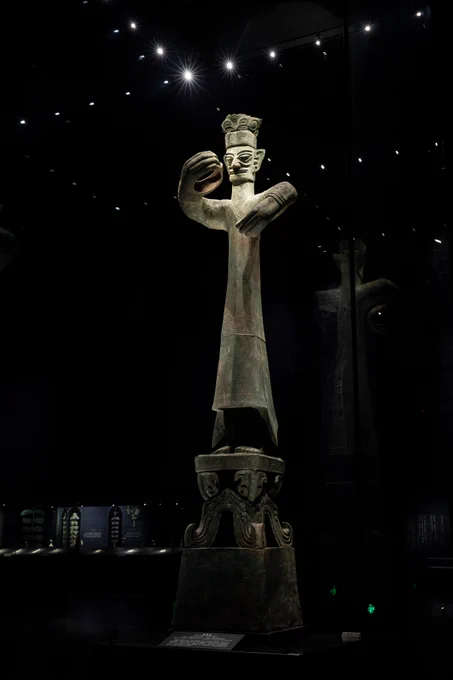
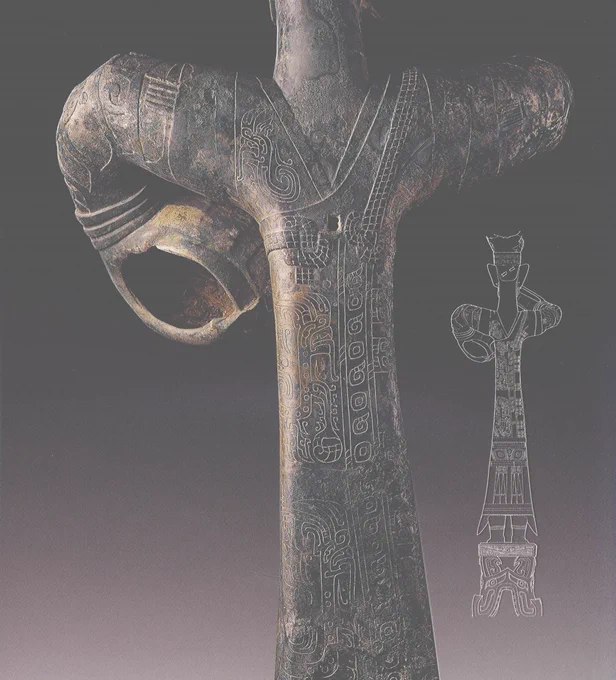
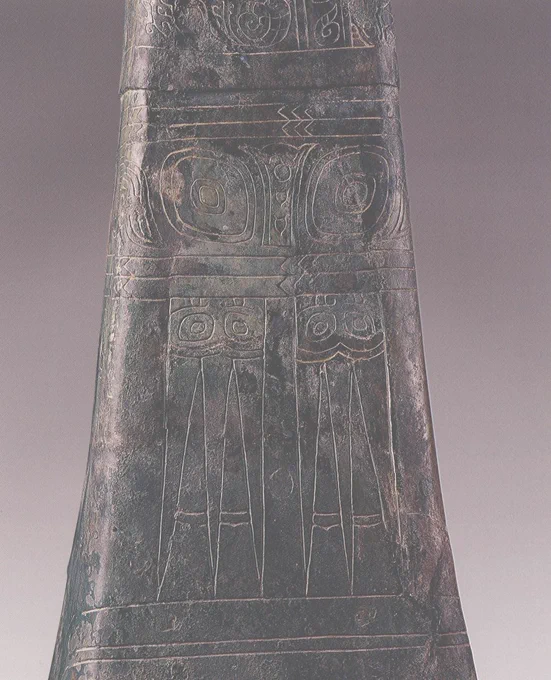
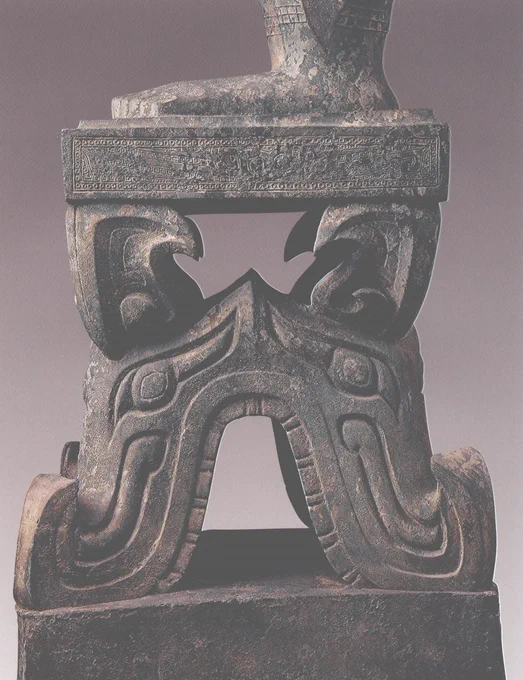
0
0
2
18
7



